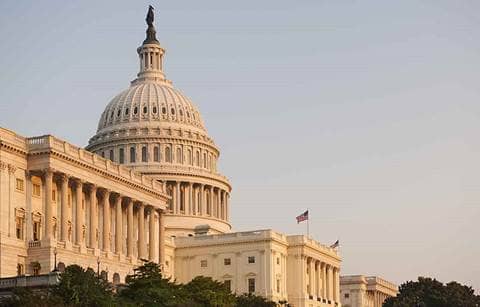Government support during the pandemic has emerged in many forms, from eased tax regulations and increased credits to tax deferrals and Paycheck Protection Program (PPP) forgivable loans. To be eligible for both First Draw and Second Draw PPP Loans, the borrower needs to certify that “current economic uncertainty makes the loan request necessary to support the ongoing operations of the Applicant.”
While these circumstances should be based on what was happening at the time of application, the Small Business Administration (SBA) has issued follow-up questionnaires that include subsequent borrower financial performance, as most audits do, to evaluate the necessity.
While a forgivable loan certainly eased the stress for many businesses, the thought of proving one’s necessity for the original loan has added anxiety. Without knowing exactly how an individual company’s fact pattern will be viewed by the SBA, we offer some questions and liquidity considerations as you work through providing context and facts to help you document your loan necessity.
Questions to consider
What was happening at the time of application?
- Within your industry, what were trade associations saying? Any articles or relevant projections on the expected impact should be considered.
- What was happening with your customers? Did orders get cancelled or delayed? Did customers shut down? If so, for which time periods, and how did this affect your business?
- Within your supply chain, did key suppliers shut down or cause disruption to your business due to supply?
- What happened to competitors or others in similar businesses? Were there any failures or bankruptcies?
Given the extra process and expected costs required by health authorities, what kinds of changes were anticipated to your operations to remain open?
- Did you have trouble buying personal protective equipment (PPE)?
- Did you have to reconfigure space or operations to accommodate social distancing?
- What kinds of surge pricing from suppliers did you experience?
- What was the effect on production to keep your workforce safe and compliant? Were you able to meet customer demands?
What concerns or questions were your employees raising at that time?
- What happened to absenteeism? Did you see an increase/decrease?
- Did you have any voluntary departures?
- Did you have questions regarding FMLA requests or other special accommodations?
- Did you have any employees directly impacted by COVID-19 (or their families)?
Did you prepare an updated budget or forecast (aka, a COVID-19 budget)?
- What assumptions did you make about declining sales (compared to your pre-COVID-19 budget)?
- Did you expect to see declining margins?
- What extra costs did you forecast for?
- What other costs reductions were you willing to make to weather the storm?
- Were investments deferred or cancelled?
- Were salaries cut, increases delayed, or furloughs commenced?
What government shutdowns were you facing?
- What state/county/local shutdowns occurred that impacted your business?
- Were there any shutdowns that impacted your customers and/or suppliers?
What was the state or local health department advising businesses?
- Did the health department-issued guidance impact your prognosis for 2020/2021?
What advice did you receive from others?
- Consider the advice you received from your management team, board of advisors or directors, executive forums, attorneys, or others.
Addressing your liquidity
While the SBA has waived the need to show an inability to secure additional financing, they will look at liquidity when looking at your loan necessity. In addition to the questions above, consider the following items on liquidity as you work through documenting your loan necessity:
- Highlight measures taken to preserve working capital and cash flow, along with the strains any of the above measures have had on your cash flow.
- If you were projecting limited loan availability or covenant violations, it should be noted as you build your story supporting loan necessity.
- Note that accumulated cash or investments, increases in owners’ compensation, or other benefits and dividends wouldn’t support the loan necessity.
This is not an all-inclusive list. We hope it will aid in your documentation of “loan necessity.” A process to review all factors (both positive and negative) can be helpful to show you were balanced in assessing your need for the loan. If you find you only have a few factors supporting the need, the impact could result in the SBA determination that you were not eligible, resulting in the loan requiring to be repaid.
In addition to this article, we have comprehensive resource centers for COVID-19 and the CARES Act, including additional discussions on the PPP loans. If you have additional questions, please reach out to your Plante Moran advisor.





